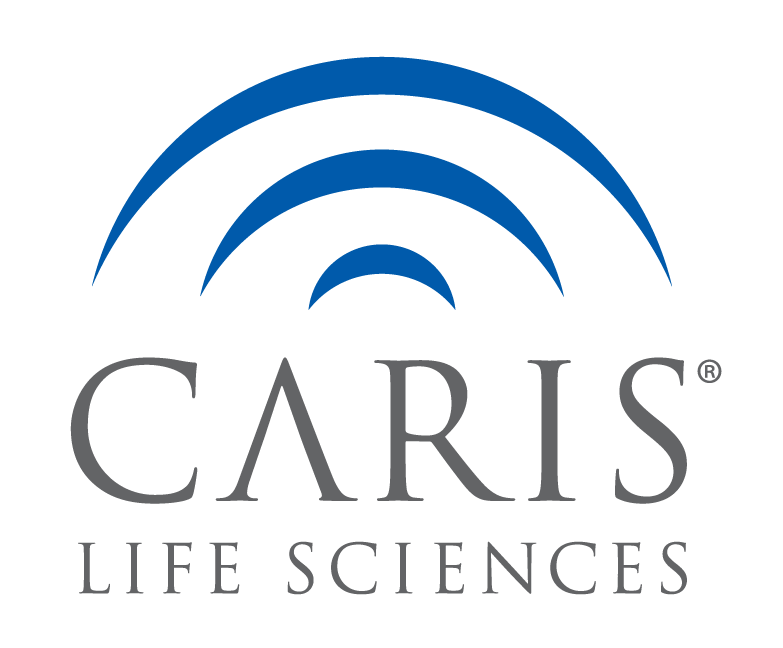Introduction:
- Sarcomas are rare, heterogeneous tumors
- Predictive biomarkers may help direct the optimal selection of therapy
- Identification of new therapeutic targets is needed
Methods:
- Multiplatform profiling at Caris Life Sciences, CLIA certified, specimen reviewed by Board certified pathologists
- Formalin-fixed paraffin-embedded samples
- Immunohistochemistry
- 21 protein panel
- Standard thresholds specific to each antibody
- Fluorescence/Chromogenic in situ hybridization (FISH/CISH)
- Detect gene amplifications
- 7 gene panel
- Standard scoring systems applied
- DNA Sequencing (Next generation sequencing or Sanger)
- Somatic mutations
- 45 genes
- Next generation sequencing
- Illumina MiSeq platform (Illumina TruSeq Amplicon Cancer Hotspot panel)
- Immunohistochemistry
Results – Sequencing Summary:
- Mutations with frequency ≥ 5%
- Synovial sarcoma and ATM, cKIT
- Angiosarcoma and BRAF, APC, NRAS, ATM, cMET, KRAS, PTEN
- Chondrosarcoma and IDH1, PTEN
- Liposarcoma and PIK3CA
- LMS and PTEN, RB1
Limitations:
- Subtype of sarcoma extracted from paperwork submitted by treating physician
- “Sarcoma, NOS”
- Limited clinical information regarding:
- Site of tumor (primary vs. metastatic)
- Treatment history
Conclusions:
- TOPO2A is overexpressed in approximately 50% of sarcomas, without associated gene amplification
– Most commonly in angiosarcoma, LMS, UPS - SPARC is overexpressed in angiosarcoma, chondrosarcoma, EHE and osteosarcoma
- PTEN loss was found in up to 80% of sarcomas, without a high frequency of PTEN mutations noted
- Concordance between EGFR overexpression and EGFR gene amplification was low
- Gene amplification was highest in LMS, MPNST, osteosarcoma and UPS
- PD-L1 expression was noted in 100% of liposarcomas (mostly dedifferentiated) and 100% of chondrosarcomas
- Profiling through protein expression, gene copy variations and mutations identified alterations in 99% of sarcoma samples
- Future clinical trials are needed to determine the predictive and/or prognostic nature of these findings

